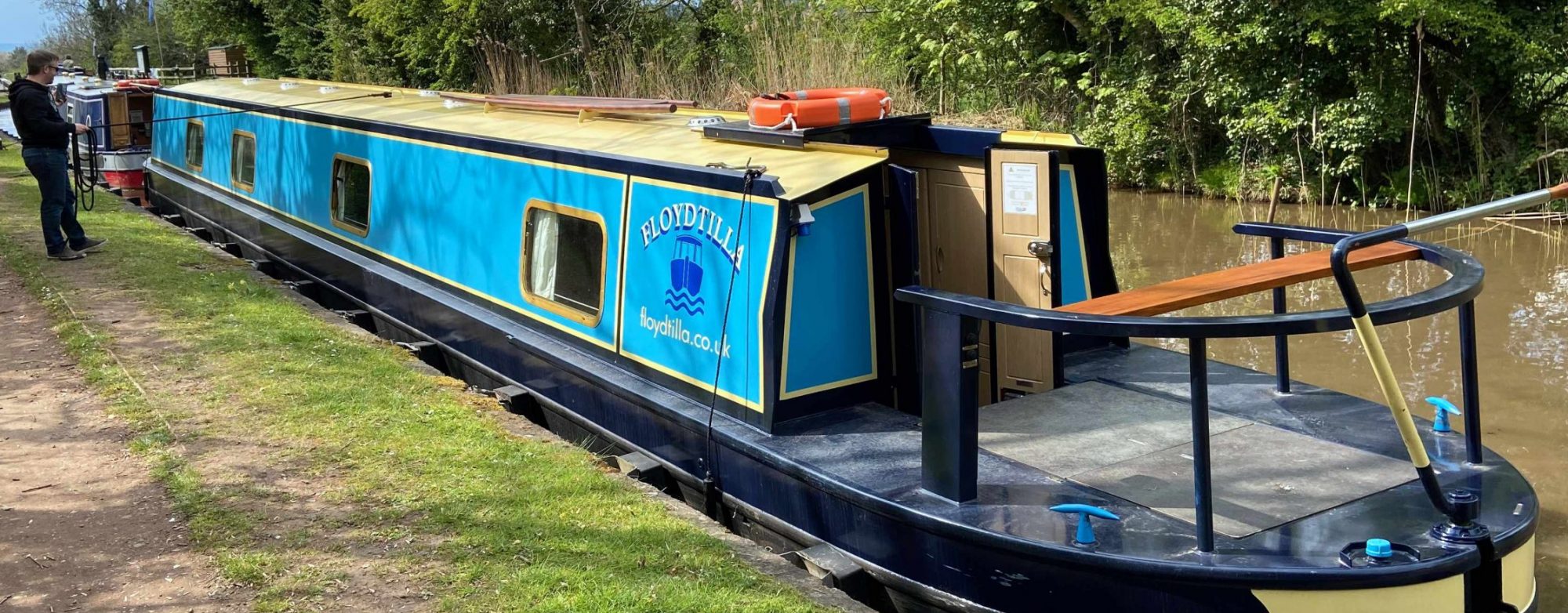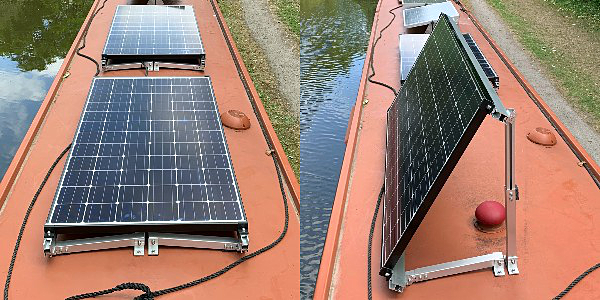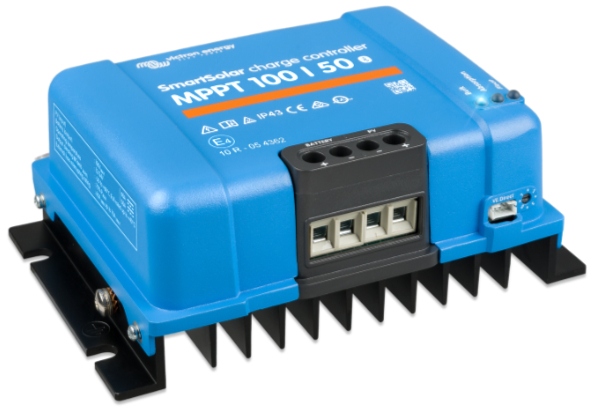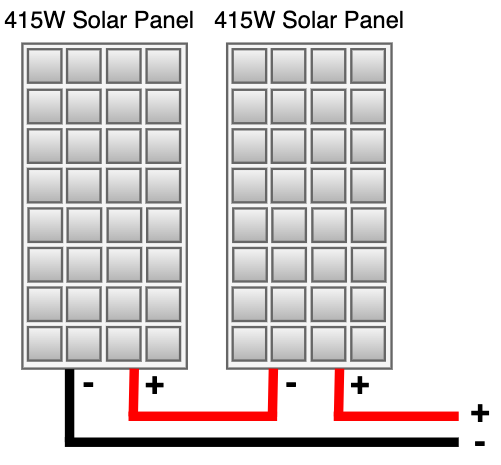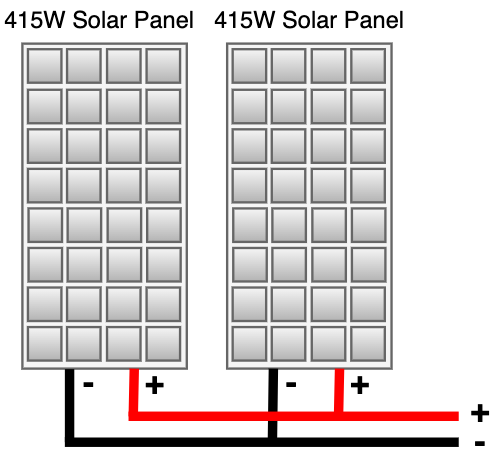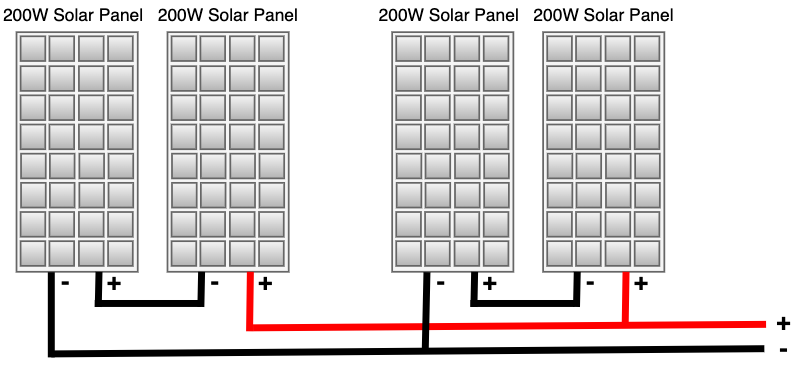When looking at Solar Panels I wanted a know brand and also ones with a strong thick tempered glass top, many of the people I had spoken to about the panels installed on their boats mentioned how easily they flexed and therefore worried about their ultimate strength (This could be a even bigger problem with tillable mountings?).
I had discovered while trawling the data sheets for solar panels, that they seemed to come with two different thicknesses of tempered glass, the cheaper ones had 1.6mm glass while generally the more expensive had 3.2mm glass.
I also noticed the ranges available for the cheap panels changed almost weekly, I would find and interesting panel and just a few days later they would vanish from stock.
In the end I decided to go with City Plumping, who always had stock available at some very good prices. I selected 2 of their 435W panels (LR5-54HTH-435M) from Longi Solar at £91.76 (£110.11 inc VAT) each.
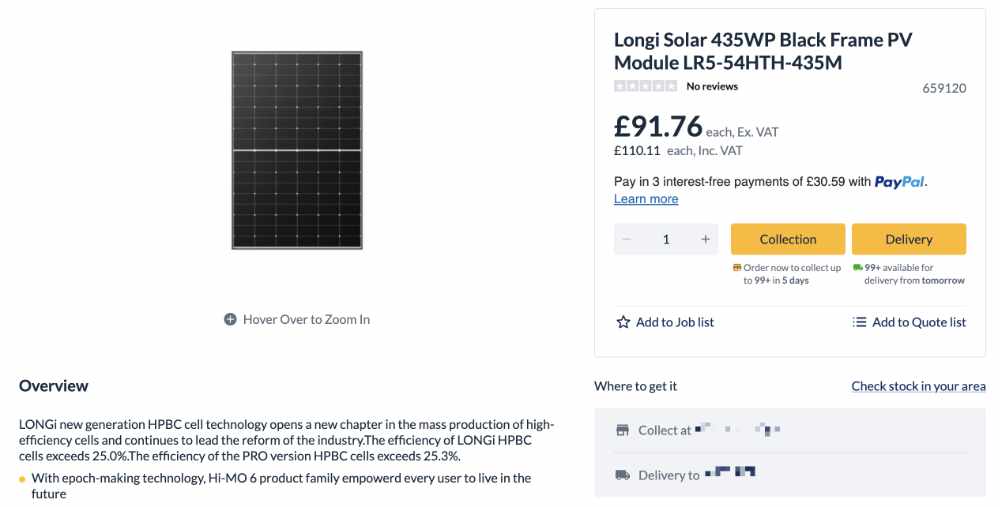
Best bit about ordering from City Plumping was free delivery 🙂 I had been quoted £50 for delivery and often at a price almost double for the same spec (lets hope I got a bargain).
Now that I know the panels are ordered and I have the final size of the panels, I can order the mounting and after much debate and costing up alternative solutions, I have ended up ordering the Semi-Permanent Adjustable Mounting from Midsummer, they cut them to length before shipping ready for me to install.
After I placed the order online with Midsummer, I followed the order up and sent over a copy of the panels data sheet, which included all the dimensions they needed. Very quickly I got a response to says they had got what they needed and it would all ship ASAP.
I did also check with the Marina (Droitwich Spa Marina) that they would be happy to hold onto the panels for me, I would not be visiting for a week. As normal they could not be more helpful, always a good experience.
Also see
Planning for Solar Panels – Part 1
Planning for Solar Panels Part 2 – Panel Mounting Options
Planning for Solar Panels Part 3 – Types of Panels
Planning for Solar Panels Part 4 – MPPT vs PWM solar controllers
Planning for Solar Panels part 5 – Cable sizes, lengths and resistance.
Planning for Solar Panels part 6 – Panels in Serial or Parallel
Planning for Solar Panels part 7 – Buying the cable and Circuit breakers
Planning for Solar Panels part 8 – Buying Solar Panels and Mountings
Planning for Solar Panels part 9 – Wiring
Planning for Solar Panels part 10 – Drilling, Tapping and Fitting
